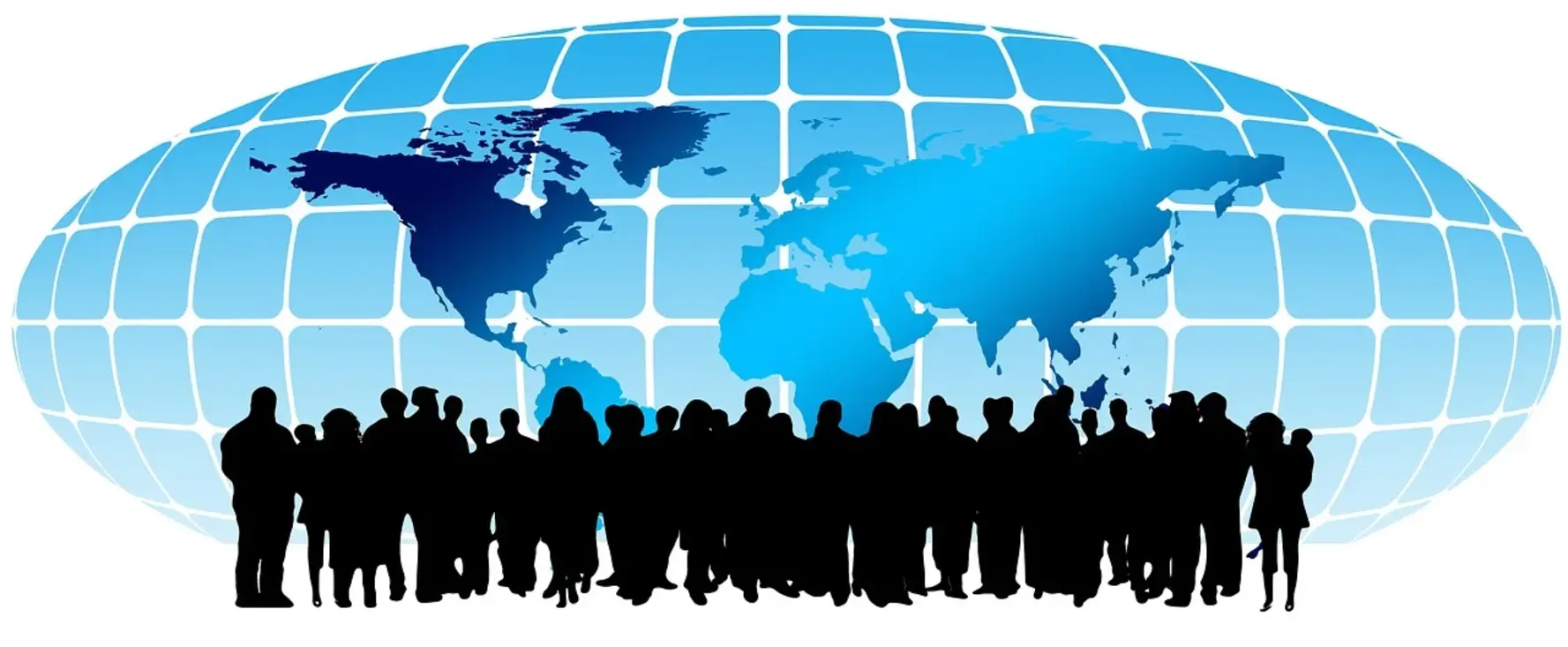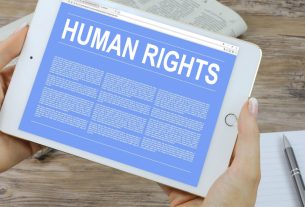The issue of illegal migration is one of the most debated and complex global challenges, with millions of people moving across borders in search of better opportunities, safety, and security. While nations understandably seek to control immigration and secure their borders, one of the primary drivers of illegal migration is the outdated, complicated, and often opaque immigration process. To address this issue effectively, countries must consider a bold approach: eliminating obsolete processes, simplifying and streamlining immigration and visa application systems, and leveraging digital technology to create transparent, efficient pathways for legal migration. This not only has the potential to reduce illegal immigration but also supports the protection of individual human rights.
The Current State of Immigration Systems
Across the world, immigration systems are frequently criticized for being slow, complicated, and difficult to navigate. Applicants often face an overwhelming set of requirements, unpredictable wait times, and a lack of clarity in the steps required to complete their applications. This creates a significant barrier for individuals trying to access legal migration routes, pushing many to seek alternative—and often illegal—pathways to enter a country. According to the International Organization for Migration (IOM), migration is driven by a combination of factors, including economic disparities, conflicts, climate change, and personal safety concerns. However, restrictive visa policies and convoluted application processes exacerbate these push factors, contributing to the rise of illegal migration.
In many cases, the cumbersome and opaque immigration system is also a breeding ground for corruption and exploitation. Individuals desperate to migrate often resort to human traffickers or unscrupulous consultants, paying extortionate fees to bypass bureaucratic obstacles. These illicit actors prey on vulnerable people, subjecting them to dangerous conditions and denying them basic human rights. As such, the inefficiency of immigration systems is not just a logistical issue but a human rights concern.
A Digital Solution to an Outdated System
One of the most effective ways to reduce illegal immigration while respecting human rights is through the digital transformation of immigration processes. By implementing modern, digital visa application systems that are transparent and user-friendly, countries can create clear pathways for legal migration and reduce the incentive for people to resort to illegal means.
Digitizing visa and immigration applications has multiple benefits. First and foremost, it makes the process faster and more accessible. Applicants no longer need to navigate through bureaucratic red tape, wait for months (or even years) for a response, or deal with the uncertainty of visa decisions. Instead, a streamlined digital system could provide clear instructions on the necessary documentation, application procedures, and fees, making it easier for people to apply from the comfort of their homes, regardless of their geographic location.
In addition to streamlining the process, a digital system could also ensure greater transparency and accountability, reducing the potential for corruption. By providing applicants with a clear understanding of the steps, timelines, and costs involved, governments can create a fairer process and minimize the likelihood of individuals resorting to illegal methods or third-party intermediaries who often exploit vulnerable applicants.
Countries like Estonia, which has already implemented an e-residency program, and the UAE, which has introduced a digital visa application process, show that a fully digitized immigration system is not only feasible but effective. These countries have successfully created an environment where migration is easier to manage, more transparent, and less prone to exploitation.
The Importance of Simplifying and Standardizing Immigration Requirements
In addition to digitalization, one of the critical aspects of reforming immigration systems is simplifying and standardizing the requirements for visas and residency. Many immigration processes are burdened by unreasonable documentation requirements, vague instructions, and subjective decision-making. This not only frustrates applicants but also creates opportunities for corruption, as individuals are more likely to pay large sums of money to intermediaries who promise to navigate the complex system for them.
By establishing clear, standardized, and proportional requirements for visa applicants, governments can reduce confusion, lower barriers to legal migration, and enhance compliance with immigration laws. For example, applicants could be given straightforward information on the types of documents needed, the costs involved, and the timeline for approval. This not only improves the efficiency of the immigration process but also protects human dignity by preventing the exploitation of vulnerable migrants who would otherwise have to rely on illicit means to bypass the system.
Upholding Human Rights Through Fair Immigration Systems
The fundamental principles of human rights dictate that every individual should have the freedom to move, seek asylum, and live in dignity, without facing exploitation or discrimination. A modernized and simplified immigration system can support these principles by providing migrants with fair and transparent opportunities to enter and live in a country legally.
Human rights organizations, such as Amnesty International and Human Rights Watch, have long criticized immigration systems that lead to the detention and deportation of migrants in ways that violate their rights. By improving immigration processes and making them more accessible, governments can better align their policies with international human rights standards, ensuring that migrants are treated with respect and fairness at every stage of the process.
For example, the Universal Declaration of Human Rights (UDHR), adopted by the United Nations in 1948, explicitly affirms that “everyone has the right to seek and to enjoy in other countries asylum from persecution.” By removing obstacles to legal immigration, countries can more effectively provide asylum seekers with the protection they deserve, while also safeguarding their human dignity. Additionally, a simplified immigration process could help protect children and families from exploitation by traffickers, as it reduces the desperation that often drives individuals to take dangerous and illegal routes.
Legal Migration: A Win for Both Migrants and Host Countries
Simplifying and digitalizing immigration processes not only benefits migrants but also helps host countries by reducing the burden of illegal immigration. When legal migration channels are clear and accessible, people are more likely to comply with the law and less likely to risk crossing borders illegally. This in turn enables governments to better allocate resources to secure borders and manage immigration flows, while also respecting the rights of those who wish to contribute to the country’s economy and society.
Moreover, a fair and efficient immigration system can attract skilled labor, investment, and talent from across the globe. Many countries, particularly in the West, face labor shortages in various sectors, and migrants can fill essential roles in healthcare, technology, agriculture, and other industries. By making it easier for qualified individuals to enter the country legally, governments can address economic challenges and promote greater diversity in their workforces.
Conclusion: Rethinking Immigration for a Just Future
The current state of immigration systems worldwide often fuels illegal migration, exploitation, and human rights violations. To address these challenges effectively, countries must rethink their approach by modernizing immigration processes, removing unnecessary bureaucratic hurdles, and embracing digital technologies. Simplifying visa applications and providing clear, standardized instructions can reduce the incentives for individuals to resort to illegal methods, while also ensuring that migration is conducted in a fair, transparent, and humane manner.
Ultimately, reimagining immigration systems not only helps to address the issue of illegal migration but also ensures that human rights are respected. By providing clear and accessible pathways for legal migration, countries can foster an environment of fairness, reduce exploitation, and allow people to move across borders with dignity and respect. This shift toward modernization and human rights-based immigration policies is essential for building a more just and equitable global system.



